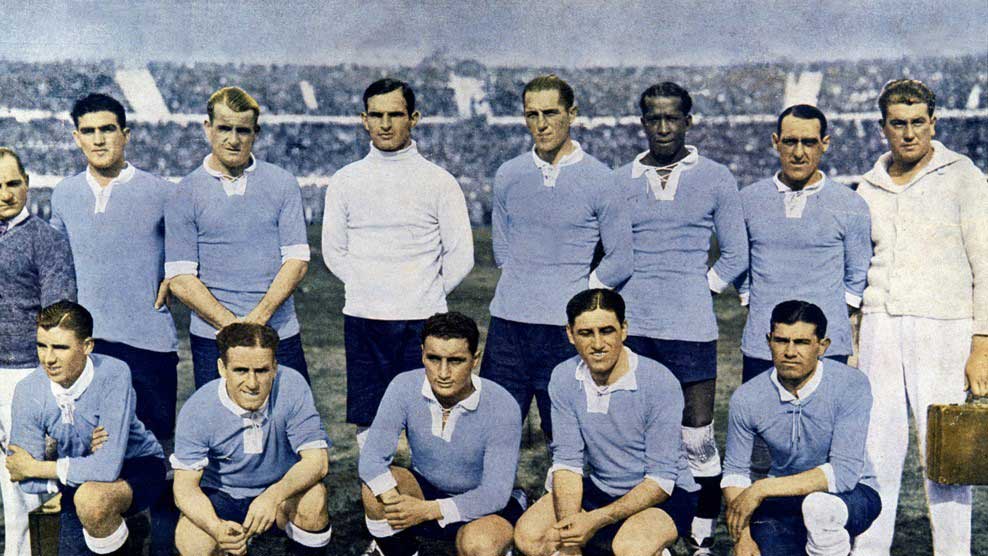
The FIFA World Cup needs no introduction. It is the pinnacle of world football and every footballer’s dream to play in.
The largest sporting show after the Summer Olympics, 211 candidates battle it out for two years with the intention of qualifying as one of the 32 ‘chosen’ teams to represent their country at the footballing extravaganza.
The roots go back to 1928, when the FIFA President Jules Rimet decided to stage the inaugural World Cup in 1930. Uruguay, the Olympic football champions at the time, were given hosting rights.
Uruguay the Inaugural Champions – 1930
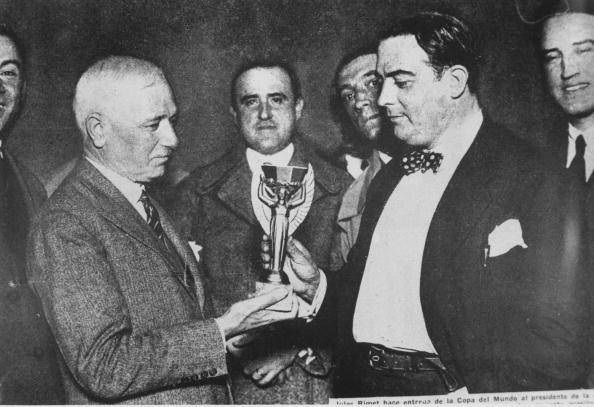
The inaugural edition was blessed with 13 participants, while the capital Montevideo became the solitary host city with three venues, namely Estadio Centenario, Estadio Pocitos, and Estadio Parque Central.
The 13 teams were divided into 4 groups, with the winner of each group progressing to the semi-finals. The tournament began on 13th July and two games were played simultaneously.
France beat Mexico at Estadio Pocitos 4-1, where Frenchman Lucien Laurent became the first person to score a goal in world cup history, when his 19th minute strike saw the back of the Mexican net. At Estadio Parque Central, USA faced Belgium, defeating them 3-0. US goalkeeper Jimmy Douglas, managed to record the first clean sheet in FIFA World Cup history.
Later, American striker Bert Patenaude scored the first hat-trick in a 3-0 win against Paraguay during their second game. During France’s final match against Chile, the first penalty was awarded to Chile. However, French goalkeeper Alex Thépot stepped in to save the 30th minute penalty by Carlos Vidal.
Against Mexico, Argentina’s Guillermo Stábile scored a hat-trick, as South American side beat Mexico 6-3, despite missing their captain Manuel Ferreira, who had returned to Argentina to take a law exam.
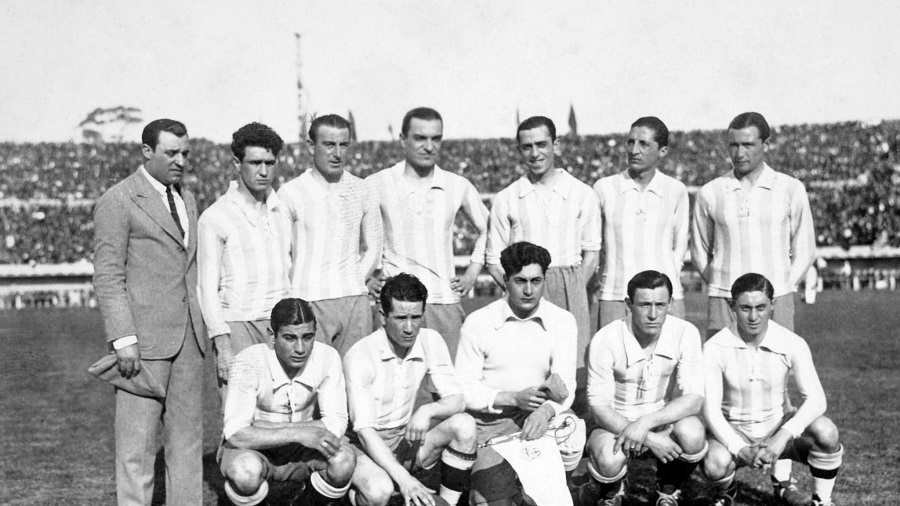
Hosts Uruguay appeared only 5 days into the tournament, due to ongoing constructions at the Estadio Centenario, which was supposed to host the home team. The iconic venue saw its first game between Uruguay and Peru, exactly 100 years to the day of the creation of Uruguay’s first constitution.
Argentina proceeded from Group 1, beating France (1-0), Mexico (6-3) and Chile (3-1). With a surprising 2-1 win over Brazil, Yugoslavia topped Group 2, later beating Bolivia 4-0. Uruguay defeated Peru (1-0) and Romania (4-0) to take Group 3, while USA beat Belgium and Paraguay 3-0 each to take the last semi-final spot. Both semi-finals saw identical scores, with Argentina and Uruguay beating USA and Yugoslavia 6-1.
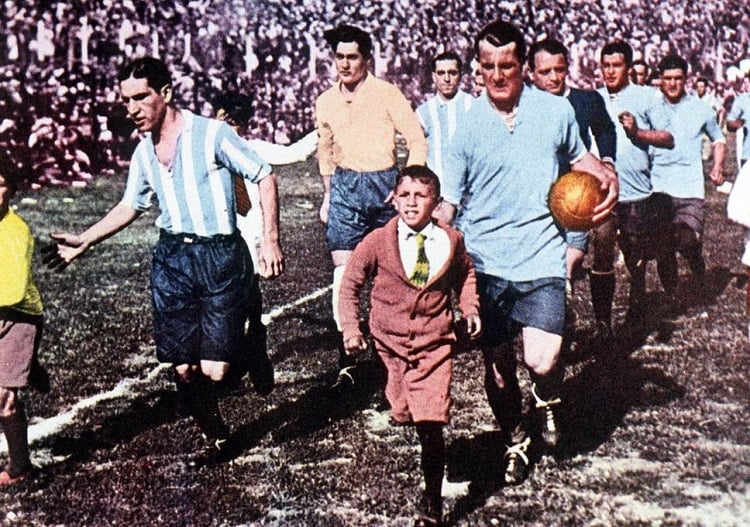
The inaugural final on July 30th became an all-South American affair as the hosts met their neighbours and arch rivals Argentina in the final. Despite Argentina taking a 2-1 lead before halftime, Uruguay came back strongly to win 4-2. Captain Jose Nasazzi lifted the Jules Rimet trophy in front of a packed Estadio Centenario, becoming the first team to gain the crown of football.
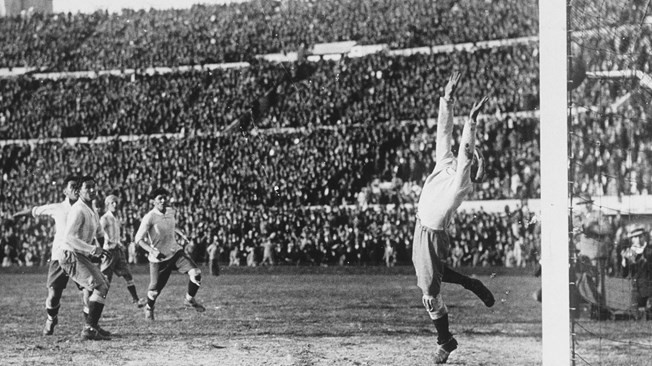
United States and Yugoslavia were placed third and fourth respectively. Guillermo Stábile of Argentina earned the golden boot with 8 goals. The last surviving player from the tournament, Argentina’s Francisco Varallo died in 2010 at the age of 100, eighty years after the tournament.
Italians Conquer the World – 1934
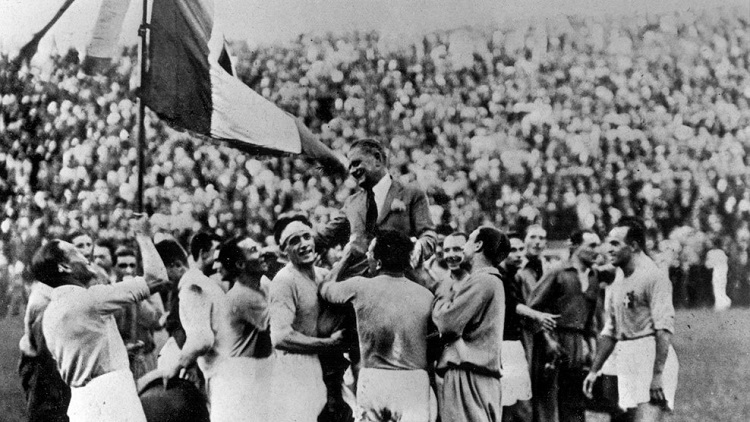
The second edition was hosted by Italy. Defending champions Uruguay were missing from the tournament, where they refused to participate as retaliation for Italy’s denial to travel to the South American nation in 1930. Thereby, Uruguay became the only champions not to defend their title in the following tournament.
Argentina, who featured no survivors from 1930, had been unhappy to lose several key players to Italian football, among them midfielder Luisito Monti, who had appeared in the final four years earlier. He would now play his part in Italy’s victory along with Atilio Demaria, Enrico Guaita and Raimundo Orsi – all fellow ‘oriundi’, players of Italian descent now returned from South America.
Egypt entered as the first African nation to participate in the World Cup. However controversy surrounded ‘Italia 1934’ as many blamed Benito Mussolini for attempting to create a stage to promote his ideologies.
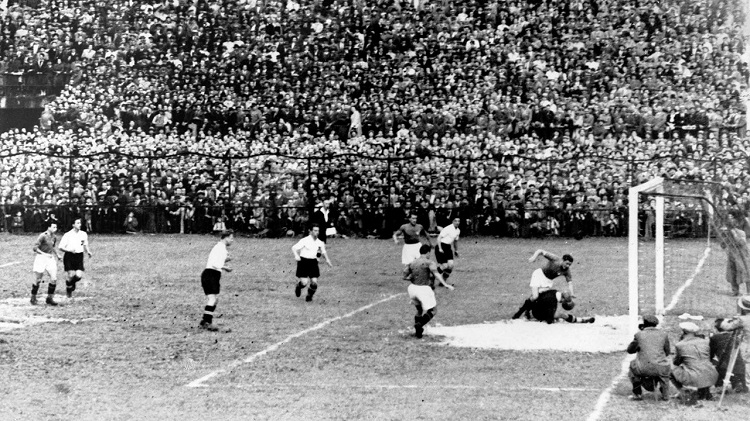
Sixteen teams took part, while the venues were spread across 8 Italian cities. The tournament featured a knockout format throughout the entire course.
For the only time in World Cup history, after the first round, the last eight teams consisted entirely of European teams as Argentina, Brazil, USA and Egypt made early exits. In the semi-finals, Italy beat Austria 1-0, while Czechoslovakia defeated Germany 3-1.
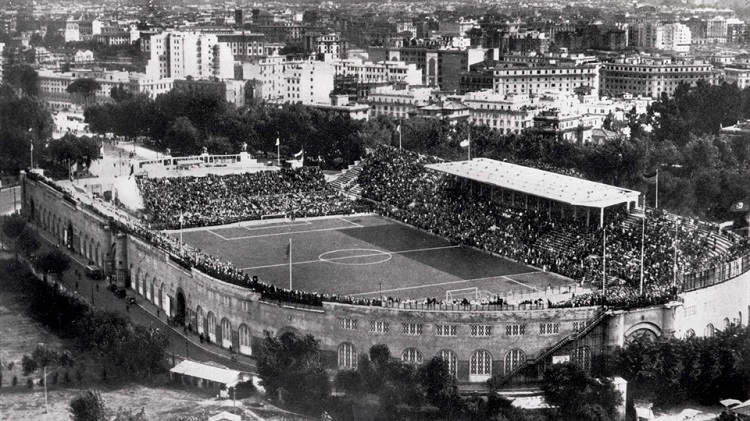
Stadium of the National Fascist Party hosted the final between hosts Italy and Czechoslovakia. After going down 1-0 and with 20 minutes to play, Italy equalized with Raimundo Orsi scoring in the 81st minute.
The match went to extra time, where Angelo Schiavio went on to score the winning goal for Italy, as they became the second host nation to win the title. Skipper Gianpiero Combi became the first ever goalkeeper-captain to win a world cup. Oldřich Nejedlý of Czechoslovakia became the top scorer of the tournament with 5 goals.
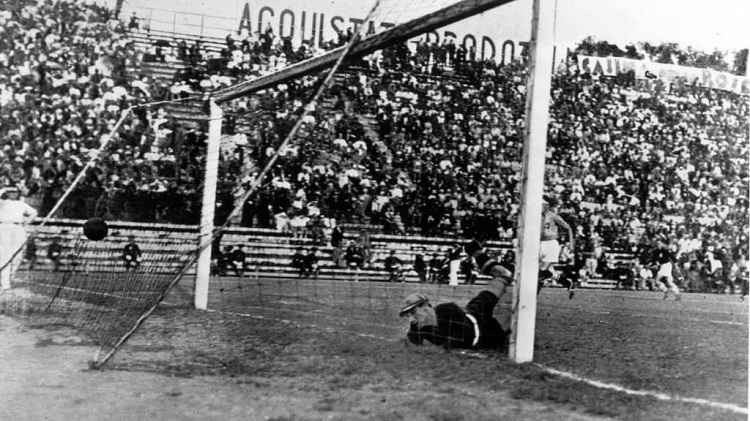
‘Two in a Row’ for Azzurri – 1938
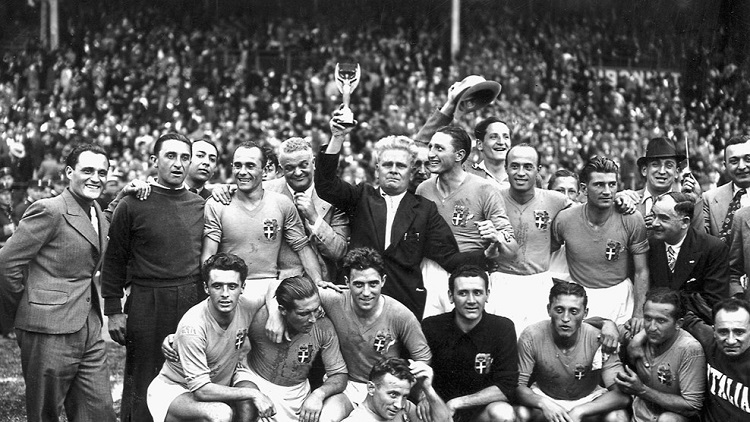
The hosting rights for the 1938 World Cup were given to France. After the belief that the host nation will be an alternate venue outside Europe or South America, the decision caused outrage in South America as neither Uruguay nor Argentina participated in the tournament.
It was the first time that the hosts (France) and the title holders (Italy) qualified automatically. Title holders were given an automatic entry into the World Cup until 2006, where this condition was abolished. Out of the 15 teams that took part, Dutch East Indies (now Indonesia) became the first Asian country to take part in the World Cup.
The knockout format from 1934 was retained. If a match was tied after 90 minutes, then 30 minutes of extra time was played. If the score was still tied after extra time, the match would be replayed.
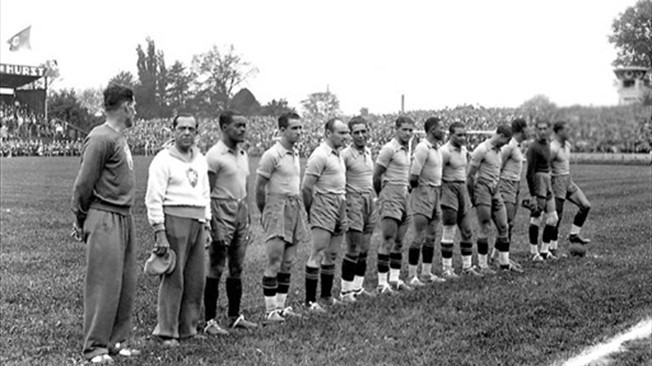
This was the last of the two World Cup tournaments that used a straight knockout format. Ernst Wilimowski of Poland scored 4 goals against Brazil in the first round, becoming the first player to net four goals in a world cup game but ended up being on the losing side as Brazil snatched a 6-5 win.
Eleven venues across 10 French cities hosted the tournament, while Stade Olympique de Colombes in Paris hosted the finals between Hungary and defending champions Italy. Italy went on to be the first team to successfully defend their title as they beat Hungary 4-2.
The Azzurri’s unbeaten run in the international arena from 1934 which stood till 1939 was guided by Vittorio Pozzo as he remains the only person to win two World Cups as a manager.
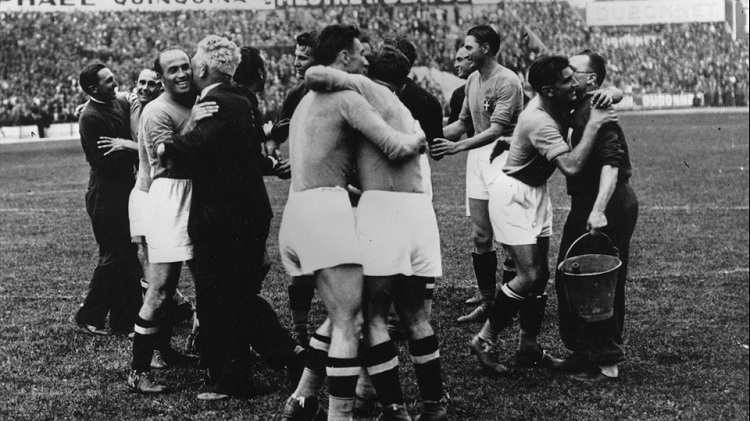
Leonidas of Brazil known as the ‘Black Diamond’ became the highest scorer with 7 goals. Giovanni Ferrari, Guido Masetti, Eraldo Monzeglio and skipper Giuseppe Meazza featured in both winning squads. Meazza later managed Internazionale, the club he spent most of his career.
The stadium of San Siro which is shared by both AC Milan and Internazionale, was renamed after this great player in 1980. After 1938, Italy would not win the world cup until 1982, the longest gap between two successive titles.
>> For more World Cup News Click Here <<


















